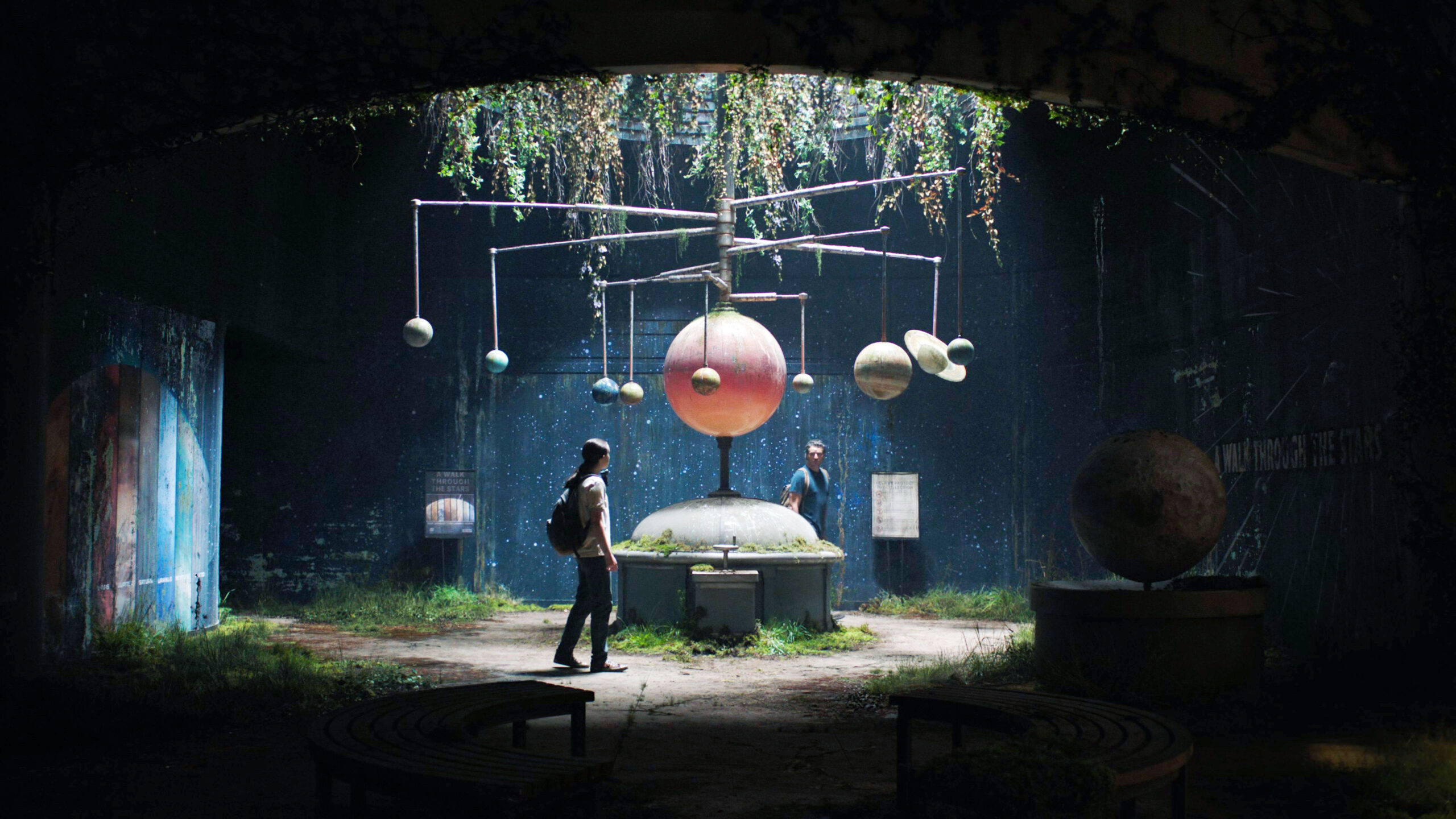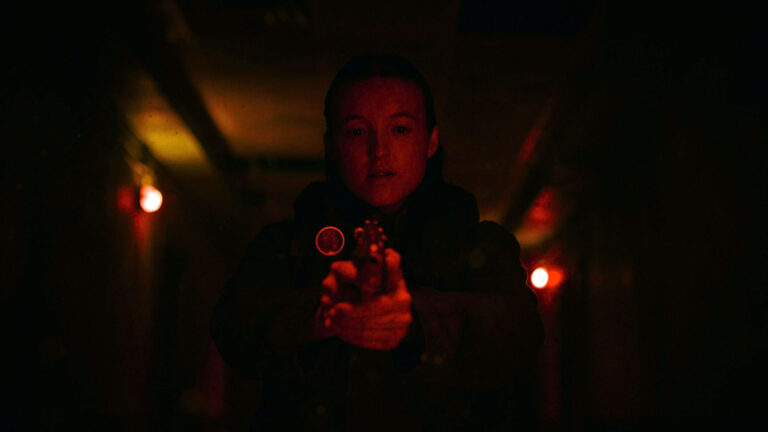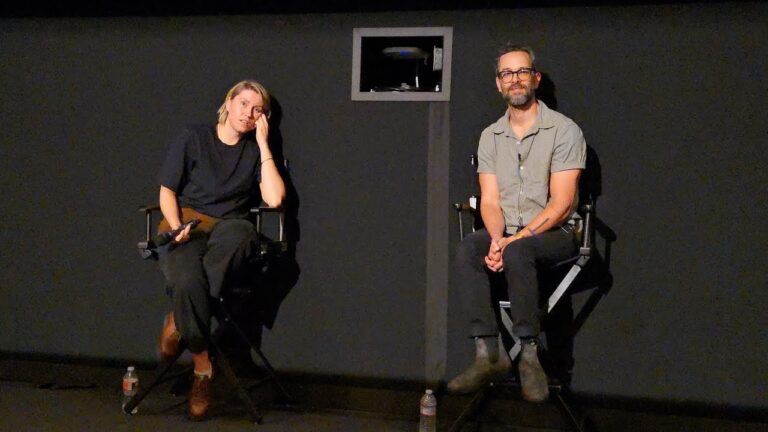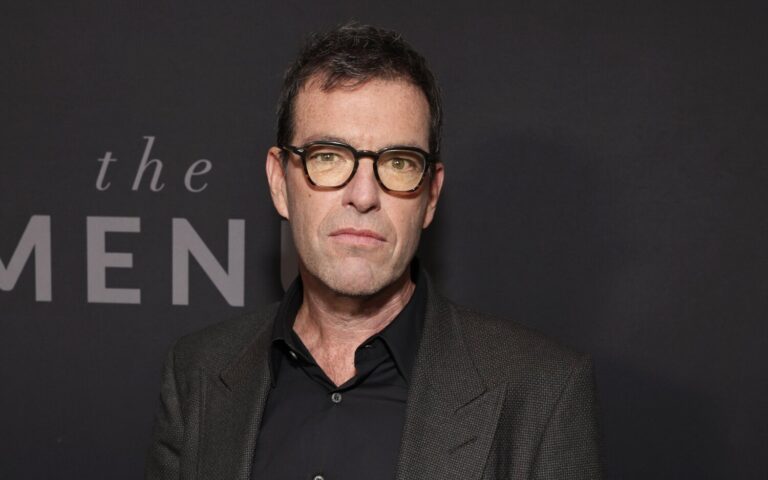Let’s be real—The Last of Us isn’t your average stroll through TV land. It’s fungi-infested, emotionally bruising, and, quite frankly, exhausting just to watch. Imagine filming it. The cast and crew had to flirt with darkness, splash around in despair, and then — just as suddenly — crack a joke and snap back to real life for the next set-up. That takes more than grit; it calls for some behind-the-scenes magic to keep the good vibes alive and thriving when every inch of set screams “end of the world.”
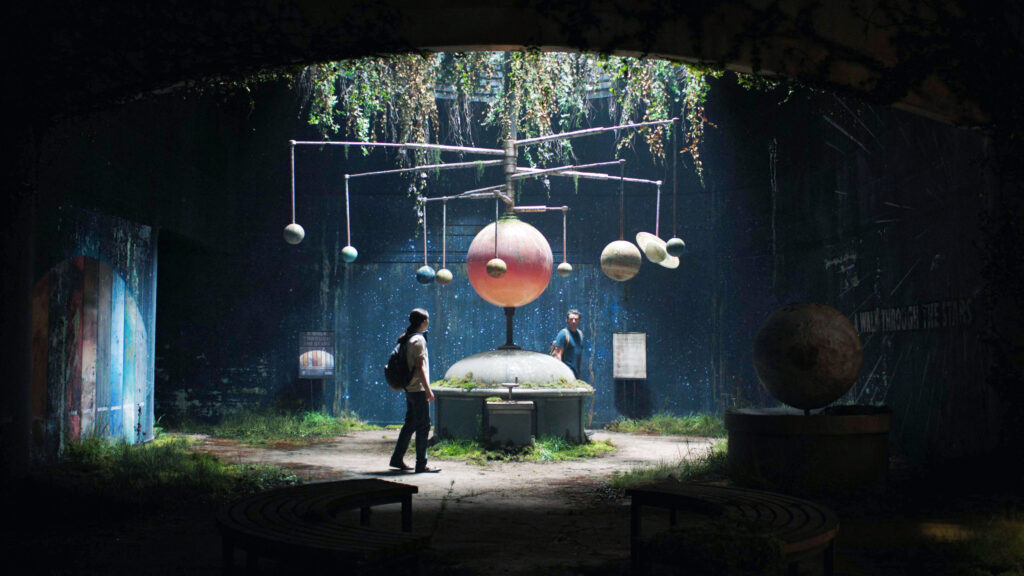
Crash Course in Camaraderie: Pascal and Ramsey’s Friendship Fix
The show doesn’t work without Joel and Ellie. Everybody knows this. But Pedro Pascal and Bella Ramsey didn’t actually know each other before diving headlong into this cordyceps-riddled chaos. Funny enough: they’d both survived the brutality of Game of Thrones, but their paths had never crossed until HBO said, “Hey, wanna go save humanity?”
From day one, these two bantered, shared snacks, and developed a dynamic that’d impress even the toughest fungi. And it paid off. Crew members quickly noticed an authenticity to Pedro and Bella’s interactions. Their chemistry wasn’t just a script note; it lived off-camera too. That tight bond bled into their performances, making each Joel-and-Ellie moment pulse with something genuine. It’s safe to say: you can’t fake that kind of energy — either you’re friends or you’re not, and lucky for us, these two absolutely are.
Bigger Explosions, Bigger Safety Nets
Okay, so it’s fun to talk about friendships, but we can’t ignore the fireballs, wrecked sets, and armies of clicker extras. The action on The Last of Us is monumental, and the pressure to make it look real is immense. Season two, shot in Alberta and British Columbia, upped the ante even more.
Let’s break it down:
- Over 30 stunt performers suited up for epic battle scenes.
- Around 100 extras donned prosthetics to shamble around as infected.
- Boot camps — yes, literal boot camps — trained the cast and stunt team to survive all the (fake) carnage.
Yet, with all the mayhem, the wellbeing of every person on set came first. The production team ran drills and double-checked everything, from cables to breakaway glass. And, between adrenaline-pumping moments, people took real breaks, caught their breath, and re-hydrated. Everyone had a role in looking out for each other, and that “no man left behind” attitude pulled the tight-knit crew even closer.
Mental Fortitude: The Cast’s Secret Weapons
So filming looked epic, but it felt intense, too. Imagine doing five takes of a tear-soaked confession, then hopping back into cover to dodge imaginary gunfire. Bella Ramsey, who’s brutally honest about the emotional toll, shared that filming some scenes hit especially hard. The weight didn’t just disappear when the director yelled “Cut!”
What did Bella do? Believe it or not — upbeat music. They’d slap on headphones and blast happy anthems between soul-crushing takes. The playlist worked wonders. This simple trick helped them bounce back from dark headspace, snap into something lighter, and be present for the next moment. Clearly, survival in the apocalypse sometimes calls for bubblegum pop.
And they weren’t alone. The cast rallied together on downtime. They played games or swapped memes. Even sharing silly YouTube videos made a difference. All those tiny acts? They stacked up, keeping everyone’s sanity in check.
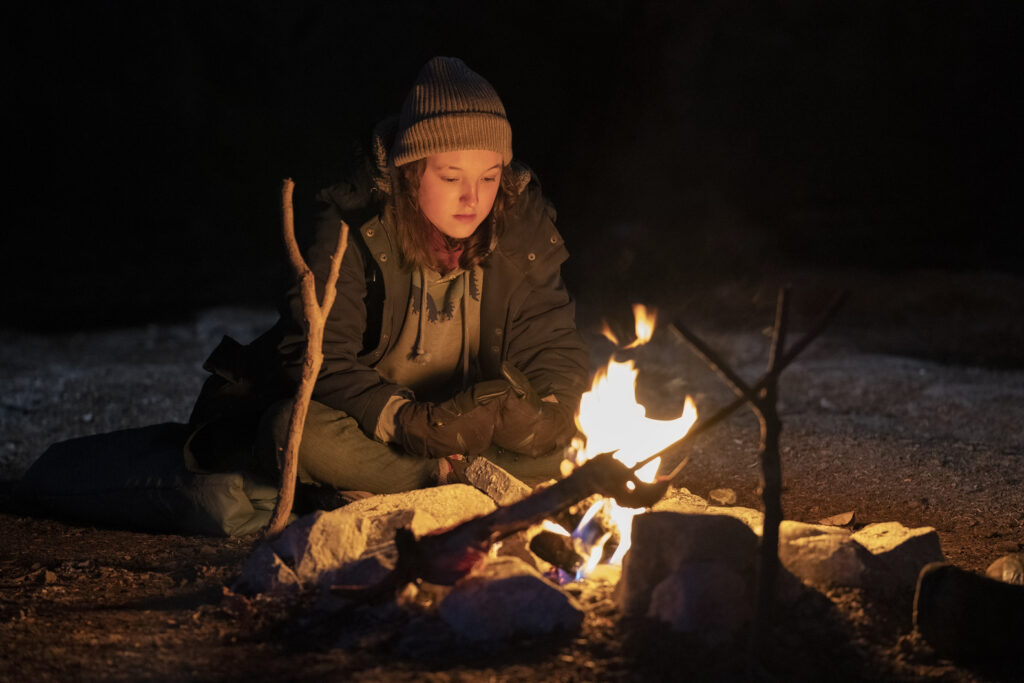
Production Parity: Crew Morale Matters Too
It’s tempting to focus on the stars. Still, the unsung heroes behind the lens deserve serious applause. Directors, camera operators, special effects artists — all faced the same marathon of emotion and exhaustion. So, what worked? Turns out, small acts of kindness boosted morale all around.
Some standouts:
- Free coffee runs (lifesavers during sunrise shoots).
- Inside jokes taped to the monitors.
- Shoutout boards celebrating a job well done.
The showrunners understood that happy crew equals better work, so they prioritized this environment. And remember those stunt rehearsals? They weren’t just about safety; they gave everyone a sense of trust, upping confidence on and off set.
The Ripple Effect of Off-Camera Relationships
Here’s the thing: when people care about each other outside of what the cameras see, all their scenes feel more real. That magic poured into new faces too, especially in season two. Isabela Merced, stepping in as the fierce Dina, raved about instant chemistry with Bella Ramsey. This blossomed quickly — and slid right onto screen.
Sparks also flew between returning cast and new crew. Every lunch break doubled as a strategy session, gossip fest, or informal therapy hour. These little pockets of normalcy brought human flavor to the blackened, broken world they had to conjure every night. And strong relationships off screen carried right through CGI explosions and emotional monologues.
The Social Buzz: Fans Notice Everything (Seriously, Everything)
Scroll online for five minutes, and you’ll see: fans aren’t missing a thing. The camaraderie radiates off press tours and selfie photo dumps. Social media, especially X (formerly Twitter) and Instagram, bubbled all season with cheerful behind-the-scenes snaps.
The fandom lit up over Pedro and Bella’s antics — dance challenges, prank wars, and those goofy birthday claps. Bella Ramsey even hopped on TikTok to share on-set moments, dropping in jokes and sneak peeks without spoiling storylines.
And let’s be honest: all this transparency makes fans root for the people making the magic, not just the show itself. Who doesn’t want to see Joel and Ellie giggling over craft services or trading bad puns while fake rain dumps from the rafters?
Why All This Matters: The Chemistry That Fuels Great TV
If you’re still wondering why off-camera bonding matters, the proof stays baked into every episode. The emotional depth, the improvisation, the way actors move as a unit — these things don’t appear on a call sheet. Instead, they grow out of trust, repeat laughs, and honest commiseration over days that run 16 hours.
When Pedro cries on cue, when Bella nails a monologue, when Dina and Ellie share a fleeting look — it all lands heavier because the connection started before the cameras rolled. Crew synergy means hair, makeup, and lighting all hit their marks instinctively. Everyone works faster, pushes harder, because they care.
Plus, it’s not just about making better TV. Mental health on set means less burnout, fewer accidents, and actual joy in the craft. That’s crucial when the subject matter demands so much darkness.
Apocalypse Now, Laughter Later: What Cast and Crew Take Home
So, what sticks after the credits roll on a season like this? For the cast and crew of The Last of Us, the answer isn’t just bruises or shelf trophies. It’s the inside jokes no outsider will ever get, and the found-family moments nobody could predict.
Bella Ramsey once said, “You can’t film misery 24/7 and not find the fun somewhere.” Pedro Pascal described the set as “demanding, but one of the most loving environments he’s ever worked in.” Newcomers like Isabela Merced called it “a lesson in how human connection gets you through anything — even the apocalypse.”
So maybe the world needs to end on TV so this crew can show us how to stick together, laugh harder, and walk out stronger on the other side. Turns out, apocalyptic fiction might just teach us more about hope than we bargained for.
And for fans? Next time you spot Pedro smirking or Bella goofing off when the cameras aren’t rolling, just know — that joy isn’t staged. It’s the real secret ingredient to surviving the end of the world, every single scene.

